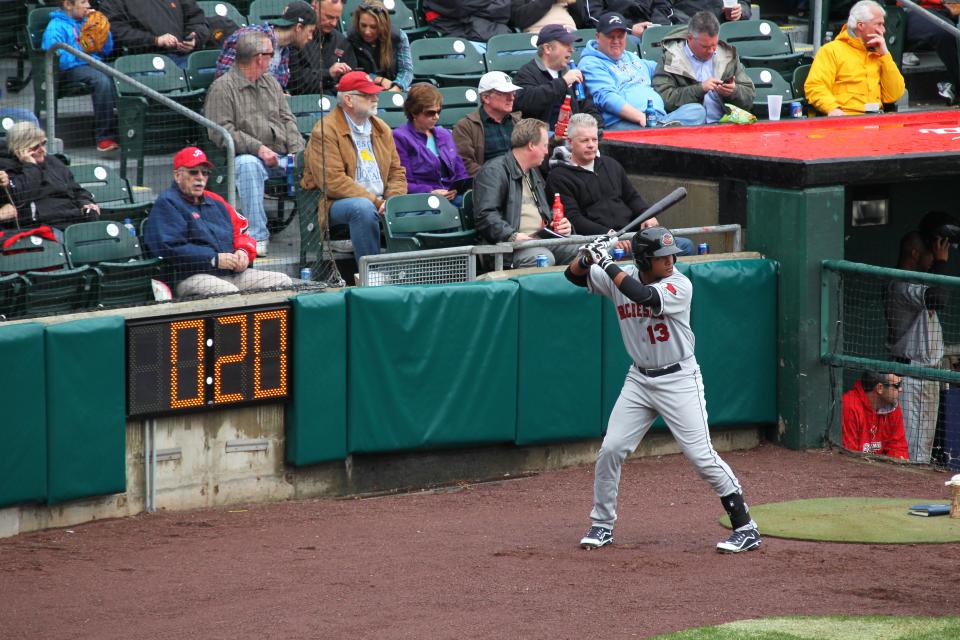Players have no say on pitch clock and other pace-of-play rule changes

Commissioner Rob Manfred has been constantly talking about baseball’s place-of-play issues since he became commissioner three years ago. After implementing some smaller changes, he’s finally going for the big fish: a pitch clock, and limiting mound visits. In an article on The Athletic on Tuesday morning, Ken Rosenthal discusses the inner workings of those essentially inevitable pace-of-play changes. And it boils down to one thing: the players have zero control.
Manfred’s quest to speed up the game is in service of one goal: to make baseball more attractive to younger fans, who, according to him, want a more active game. And Manfred has said that he wants to make these changes in concert with the MLB Players Association. He met with them last week to discuss the changes, but the outcome of that meeting isn’t known.
The outcome of that meeting doesn’t really matter. According to 2016’s collective bargaining agreement, Manfred can make whatever changes he wants as long as he gives the union a year’s notice, which he’s done. Manfred presented a slate of pace-of-play changes to the MLBPA before the 2017 season, which were rejected. Meeting with them seems to be entirely for show, because with a year’s notice he doesn’t need their consent to implement a pitch clock or mound visit limits.
Rosenthal reports that the players voted on a new proposal from Manfred that likely reflects some of their concerns — namely that mound visits shouldn’t be restricted because they’re vital to prevent sign-stealing and potentially dangerous cross-ups. But that proposal (if approved) couldn’t be implemented until the 2019 season, and Manfred doesn’t want to wait that long.
There is essentially nothing the players can do to stop a pitch clock and mound visit limits. According to Rosenthal, the only thing they can do is get on board or refuse to play along, forcing Manfred to enact the changes without their agreement. Forcing Manfred to make the changes without them could result in a little leverage — if the new policies are a disaster, the players could demand mid-season changes. But that’s a big “if.”
This offseason has done nothing but illustrate the corner the players have painted themselves into with 2016’s collective bargaining agreement. Not only are players continuing to languish on the free agent market while teams try to drive salaries down, the CBA allows Manfred to make whatever rule changes he wants as long as he tells the MLBPA in advance. And since Manfred both represents and works for the MLB owners, what he wants is what they want.
This is just the first full offseason with the current CBA, and it won’t be renegotiated until the end of 2021. That’s four more years of players having shockingly little control over the game they themselves play. But at least that gives them time to find someone stronger to lead the MLB Players Association — and time to figure out exactly what they want their sport to look like.
– – – – – –
Liz Roscher is a writer for Big League Stew on Yahoo Sports. Have a tip? Email her at lizroscher@yahoo.com or follow her on twitter! Follow @lizroscher

